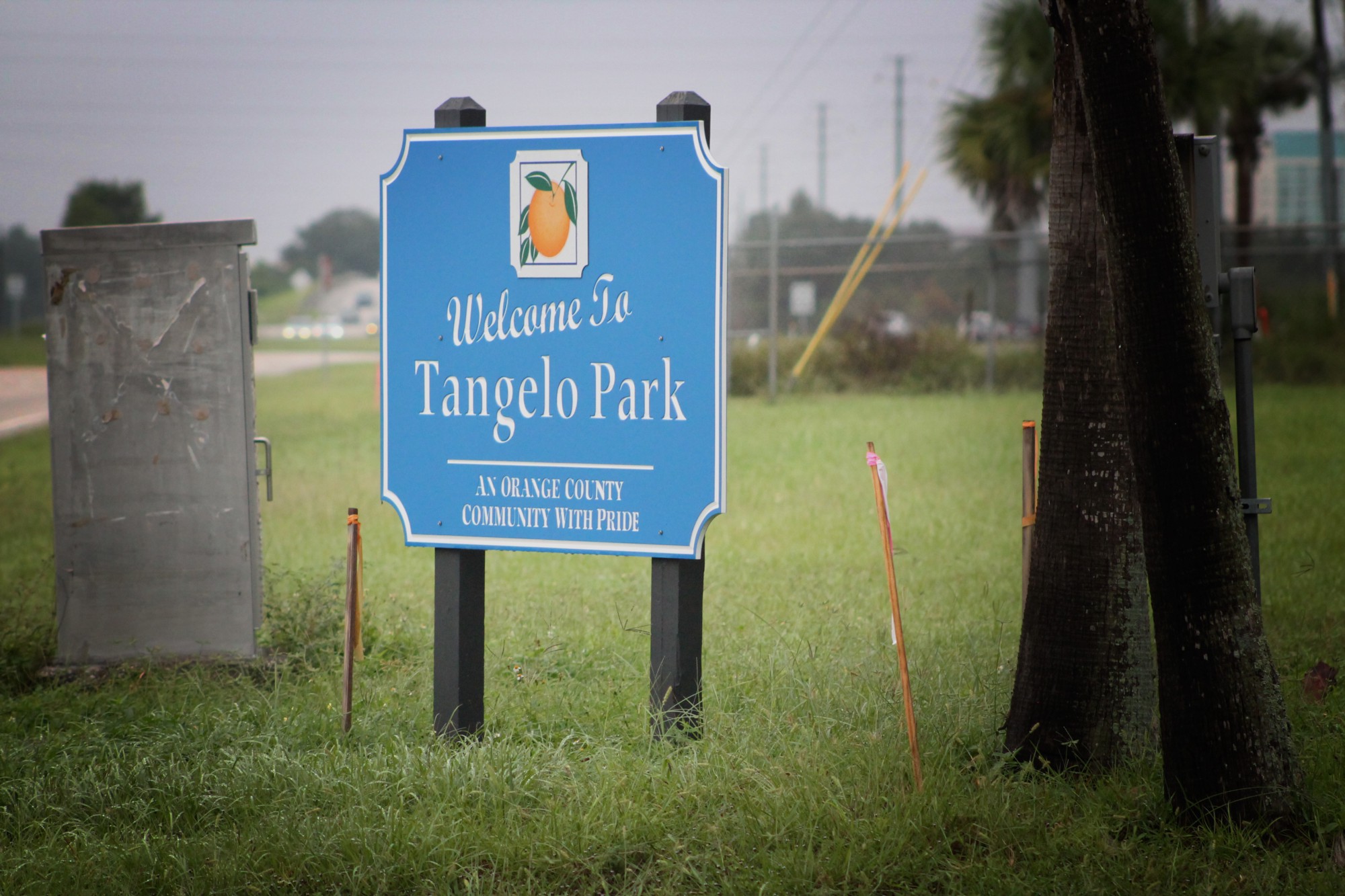By Montana Samuels | gargoyle@flagler.edu
It’s a cloudy day, with rain coming down for most of the morning. Small houses, some with clean, landscaped yards are sprinkled in with the majority that remain on the verge of unkempt.
Upon first look, nothing stands out about the small community right around the corner from Universal Studios. After all, Tangelo Park only features an elementary school bearing the town’s name. If left at face value, the neighborhood is just that, another small Orlando off-shoot.
However, unlike most similar communities, Tangelo Park features an education program that centers around expedited childhood learning and a free college education.
With over 20 years of success, and a plan to start to stretch this idea across the nation, the Tangelo Park Program may have started something that could become a landmark in American education.
Since its start in the early ’90s, the Tangelo Park program drastically changed the community in more ways than just education.
“In the late 1980s and early 1990s, Tangelo Park characterized a typical disadvantaged African American urban community. Most of the approximately 2,500 residents were from lower socioeconomic backgrounds, and the community confronted a number of problems, including overt drug dealing and use, poor school attendance, declining test scores, and high dropout rates. Then, in the early 1990s, philanthropist and hotelier Harris Rosen, met with Tangelo Park community residents and, together, they laid the groundwork for the Tangelo Park Project (TPP) in an effort to turn the community around.”
This is the introduction to a 2007 preliminary report on the impacts of the Tangelo Park Program, conducted by Lance Lochner, an associate professor of economics at the University of West Ontario.
As told by TPP chairman, and former Tangelo Park Elementary School principal Robert Allen, this vignette of Tangelo is spot on. He cites one area in particular, International Drive, as the area where most of the drug trafficking was conducted during this time.
As the report states, however, this area is no longer the issue that it once was. “The Sheriff’s Department says that Tangelo Park compared to the other communities in that area, to quote him he said it’s of low interest,” says Allen. “He doesn’t have to worry about Tangelo Park, it’s not that shopping market it used to be in the ‘80s.”
Chuck Dziuban, director of Research Initiative of Teaching Effectiveness (RITE) at the University of Central Florida, echoes this sentiment. “It is a much safer community, a more attractive community where there is a deep sense of pride in the people who reside in that community.”
A lot of this can be credited to Harris Rosen, who started working with the Tangelo Park Program 21 years ago.
Since that time, the Tangelo Park community has seen not only a meteoric rise in community pride, but also in the amount of success the area’s children and teenagers achieve in the world of academia.
“If you are born in Tangelo as a young person, you have a birthright to a college education, with free room, board, and tuition paid,” says Dziuban. Add the elements of increased community involvement and the guarantee of a free college education, and Tangelo Park is quickly becoming the face of what could change the way America looks at education.
“College success rates have surpassed the national average for low socioeconomic people, the high school graduation rate is about at 100 percent, crime in the community has decreased dramatically,” says Dziuban.
To date, Tangelo Park has had roughly 300 students who have completed the program. Of those 300, the alumni features around 70 college graduates, including 30 students who have gone on to do post graduate studies, and 12 doctoral students.
The looming question, of course, is what if this philosophy of hands on education was brought to other struggling areas of the country?
“What we want to do now is look at a bigger program. We know it’s working in Tangelo Park,” says Allen. “We’ve seen what’s happening there.” That next step for the TPP comes in the form of the Parramore community. Parramore may be familiar to fans of the NBA as the home of the Amway Center in Orlando.
As the program expands to Parramore, a bigger community than that of Tangelo Park, those with questions may soon get their answer.
“The question remains for us, that’s why we’re moving to Parramore,” says Dziuban. “The concepts are simple, how do they need to be modified to work in other urban environments. The ultimate kind of question is can they work in an inner city within a large city like Chicago, New York, or Philadelphia.”
The Chicago Sun Times reported in 2014 that Chicago Public Schools increased the graduation rate of their high school students to 69.4 percent in 2015, marking an increase from 58.3 percent as of just three years ago.
The number of students in these public schools enrolling in college also increased, from 56 percent to 57.2 percent. All positive signs, yet could they be improved?
“We estimate that there are anywhere between 3,000 to 3,500 communities that could use this kind of service,” said Dziuban. “Rank that up to 1000 Tangelo’s. Supposing of the 1,000 you try only 500 work.”
The thought is intriguing.
Imagining the difference in America, particularly urban America with nearly 1,000 more success stories similar to Tangelo is something that may be difficult for some to fathom, but not Dziuban, especially after watching first hand for so long.
“The big picture thing isn’t working very well. I’m committed to this but I’ve been working with it for 20 years.”








Be the first to comment on "Neighborhood’s remarkable birthright: Free tuition"